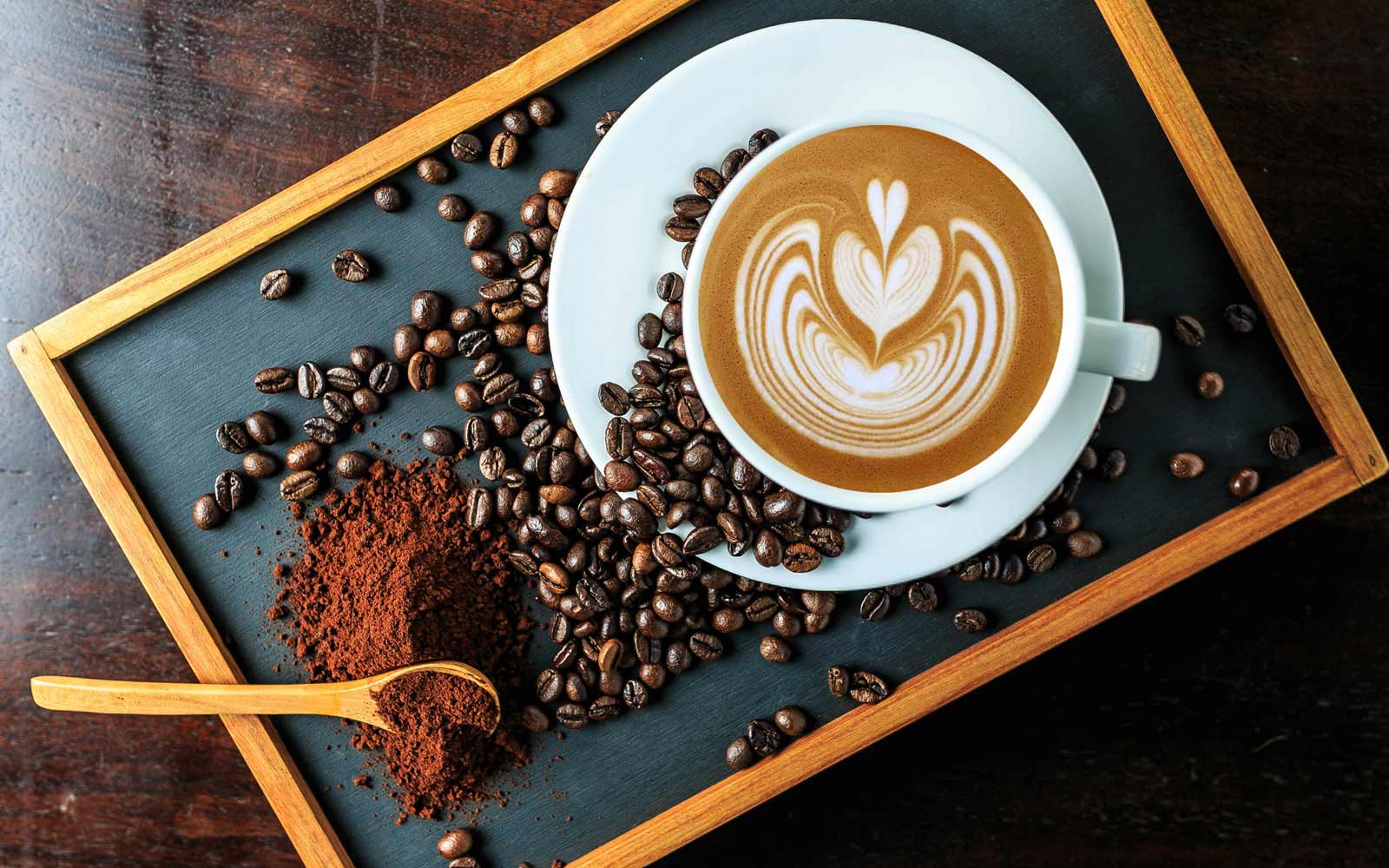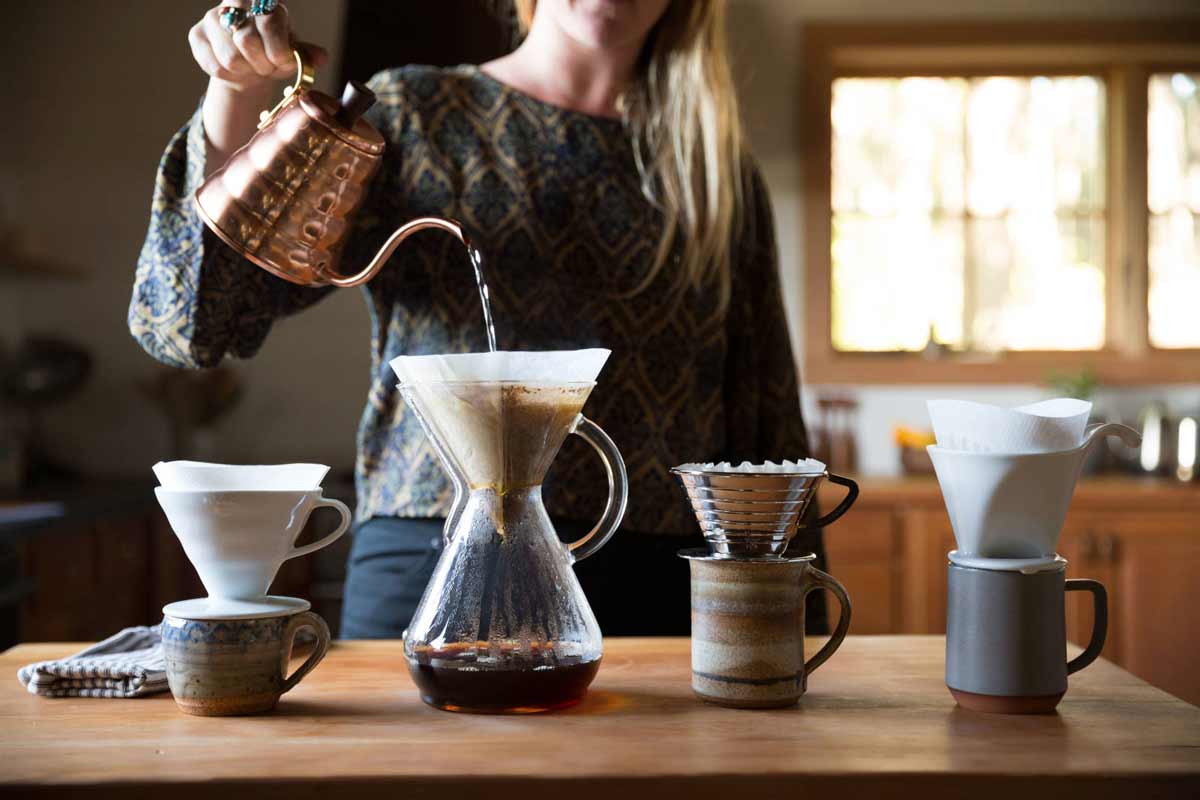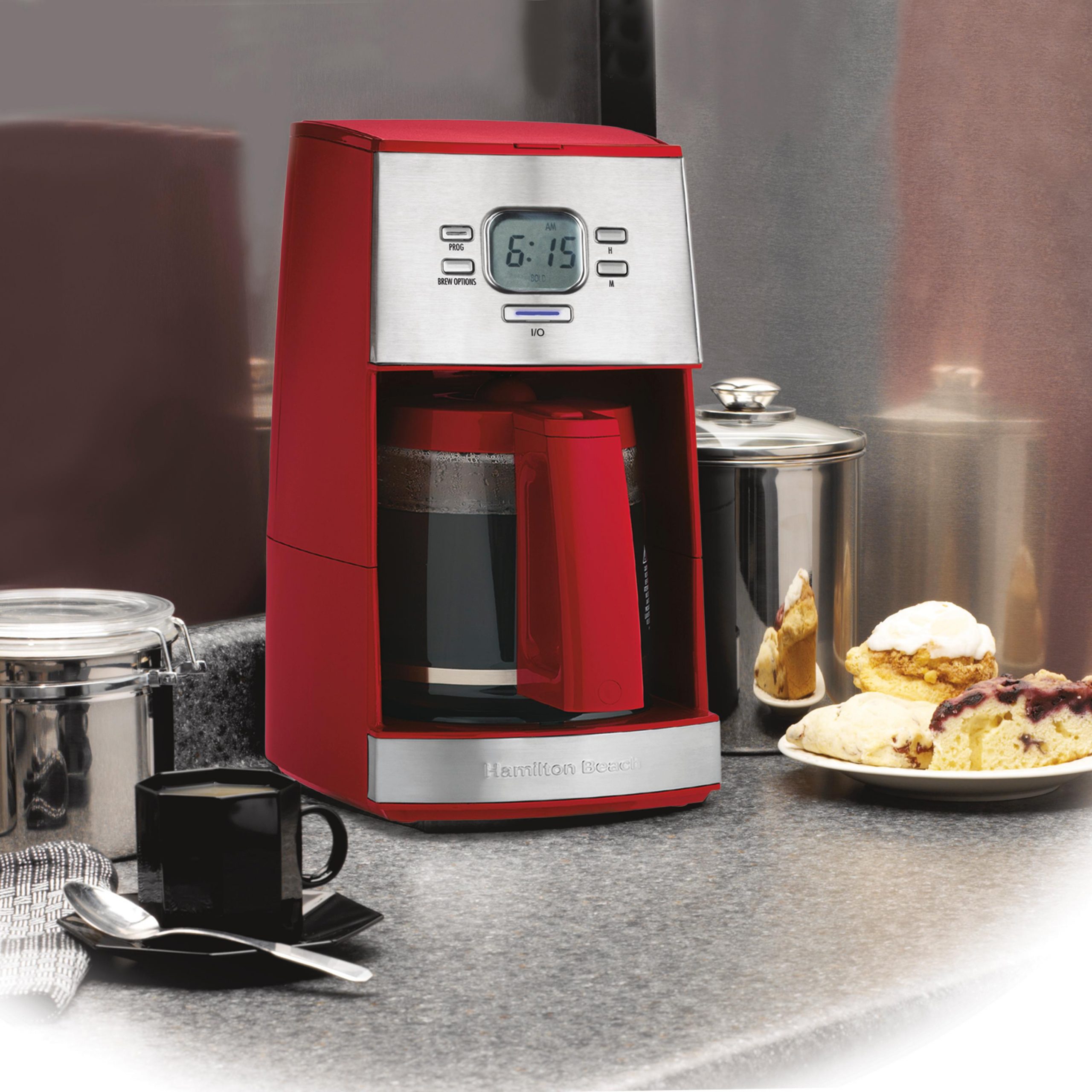Coffee Showdown: The Best Ways to Brew
We break down the pros and
cons of our favorite brewing methods









Written by Jacob Sigala
It’s more than just the taste,
the aroma, or even the caffeine buzz we coffee lovers crave — it’s the
satisfaction of indulging in one of life’s simple pleasures. And if you’re like
us, you appreciate that there is a finite number of cups that will pass a man’s
lips in his lifetime. That’s why we go the extra mile to make each cup as
enjoyable as possible.
Curious about different
brewing methods? Looking to step up your coffee game? Pour yourself a cup o’
joe and dig in.
Pour Over

The pour over method is the
most involved way to brew coffee in the morning — so if you’re always running
late, it may not be for you. Disciples of the Church of Pour Over grind their
own beans by hand, methodically pour their temperature controlled water over
the grounds in artful circles, and generally revel in the ritual.Can’t say we
blame them though, a well-made pour over results an outstanding cup of coffee.
Can’t say we blame them
though, a well-made pour over results an outstanding cup of coffee.
You’ll Need: fine coffee
grounds, pour over filter, pour over coffee dripper
The Flavor: Complex,
semi-bitter, highly aromatic
The Method: Place a paper
filter in your dripper. Add finely ground beans at a ratio of 2 tablespoons per
cup of water and make a small indent in the center. Slowly pour water over the
beans in a circular manner, stopping before the water reaches the top. Let the
dripper drain completely. Once drained, repeat the process a second time. The
second pour is where the magic happens so if you’ve got a small mug, make sure
you don’t overload your mug with too much water on the first pour.
Try experimenting with
different water temperatures (between 195 to 205℉) to unlock subtle differences in your roast
of choice.
Word to the Wise: One drawback
of pour over is that it only makes one cup at a time. So if you’re serving more
than two, you might want to consider alternative brewing methods. And don’t
forget to stock up on pour over filters — if you run out, you won’t be able to
get your caffeine fix.
French Press

For a method that’s less
maintenance than pour over but still makes you look like a pro, consider the
French press. It’s basically a glass jar in which you steep coffee grinds with
a wire mesh plunger that traps the grinds when you pour. Unlike any of the
other methods on this list, you can bring a French press right to the breakfast
table while it brews.
This system is environmentally
friendly because it doesn’t use a paper filter. Plus, it makes 2 to 4 cups of
coffee at a time — which is great news if you’re entertaining guests.
You’ll Need: coarse coffee
grounds, a French press
The Flavor: Full bodied,
mildly bitter, aromatic
Method: Add your grinds at a
ratio of 3 tablespoons per cup of water to your French press. Fill the vessel
with hot water. Let your grinds steep for 4 minutes. Give your grinds a quick
(optional) stir, push down the plunger, and pour.
Try adding half the water and
waiting 30 seconds before filling your French press the rest of the way, many
experts believe this results in an even more flavorful cup.
Word to the Wise: If your
grind is too fine, it will slip past the mesh and make your coffee unpleasantly
gritty. Another easy way to ruin your coffee is over-brewing. Any longer than
15 minutes can result in muddy, over-extracted sludge.
Percolator (Moka Pot)

The percolator method results
in a cup of coffee that is almost espresso-like in character. It uses a three
chamber system in which boiling water at the bottom travels up through the
coffee grounds in the middle — giving it science lab flair. If you like your
coffee dark with notes of caramel, you’ll love the percolator.
Like the French press, the
percolator doesn’t use paper filters.
You’ll Need: finely ground
coffee, percolator pot
Flavor: Strong, bitter, toasty
aromatics
Method: Pour water into the
base. Add grounds (approx. one tablespoon of grounds per cup) to the basket,
making sure the basket rests just above the water level. Turn on your heat
source and let the coffee brew until the water percolates up to the top
chamber.
Word to the Wise: Keep a close
eye on your percolator when brewing — if you don’t remove it from the heat as
soon as it’s done, you can turn this already bitter method into an even more
bitter disaster.
Aeropress

If you’re looking for the
hottest thing in brewing, say hello to the Aeropress. In blind taste tests, it
has been shown to outperform other methods in terms of producing consistently
flavorful, well-rounded coffee. It’s also durable, inexpensive, great for
travel, and easy to clean.
You’ll Need: coffee grounds, Aeropress, Aeropress filter
The Flavor: Smooth, clean,
aromatic, incredibly consistent
Method: Measure and grind your
coffee — about 2 ½ tablespoons per cup. Add a new filter into your Aeropress.
Position your Aeropress above your mug. Pour in a small amount of hot water to
prime the filter. Discard that water and add your grinds. Fill with hot water,
place the plunger in, and plunge away.
Word to the Wise: It’s
important to note that the Aeropress requires special filters that can’t always
be found at your local grocery store. Also, similar to the pour over method, it
only makes one cup at a time. Plus, to put it bluntly, it’s ugly.
Conventional Drip

You’re probably familiar with
this method, and while it doesn’t make the most exciting cup of coffee, it
certainly gets the job done quickly, easily and in large quantities.
You’ll Need: coffee maker,
fine to medium coffee grounds, drip coffee filter
The Flavor: Strong, sharp,
moderately bitter
Method: Though coffee machines
differ, to make a cup of conventional drip you’ll basically add a filter, add
your grounds, press a button, wait 5 to 15 minutes, and voila! A full pot of
coffee. The hardest part is making sure your machine is plugged in.
Word to the Wise: One reason
drip coffee machines have such a bad rap is the use of over-roasted, stale, or
just plain low-quality coffee grinds. If you’re looking for a better cup, we
recommend upping the quality of your beans.
Cold Brew

Cold brew requires minimal
effort, but maximum time — so you’ll need to plan ahead. However, if you’re
patient enough for this method you’ll be rewarded with a taste that’s sweeter,
smoother, and less acidic than anything brewed with hot water. You’ll also be
getting more caffeine than most brews due to the long steep.
With cold brew, you can easily
make enough coffee in one go for your entire week — and once brewed it can last
for up to two weeks.
You’ll Need: coarse coffee
grounds, container, filter, patience
The Flavor: ultra smooth,
slightly sweet, weak aromatics
Method: Fill a jar, french
press or similar receptacle with coarsely ground beans and cold water — about ¾
cup of beans for every 4 cups water. The bigger the vessel, the more cold brew
you can make so feel free to go big. Let it steep for 12-24 hours. Strain twice
through a coffee filter, a fine-mesh sieve or cheesecloth to remove the silt.
Enjoy your rocket fuel.
Word to the Wise: Don’t skimp
on the steep time, it’s essential for maximum flavor extraction.
Instant Coffee

We know what you’re thinking
but bear with us — instant coffee can be quite delicious. And if you’re
constantly on the go, enjoying the great outdoors or just need an emergency
caffeine supply, you may want to consider throwing a few of these into your
bag.
You’ll Need: hot or cold
water, instant coffee
The Flavor: Taste varies
wildly depending on the brand you buy — from the worst burnt sludge to
delicious sophisticated brews.
Right now, our favorite is
Sudden Coffee. It comes in a small tube that’s easily portable, compostable and
has a taste that may convert the most obnoxious coffee snob you know.
Method: Instant coffee lives
up to its name. Just pour in the grounds, add hot or cold water, and stir to
combine. Instant gratification.
Word to the Wise: Beware of
belligerent skeptics — sometimes it’s less hassle to keep your instant coffee
consumption on the DL. Sharing is over-rated anyway, right?
Brew Like You Mean It
It should go without saying —
taste is subjective. But if your only source of coffee is the Keurig machine at
work or your local McDonalds, you owe it to yourself to get out there and try
one the methods we’ve prescribed. It’s never been easier to get an inexpensive
French press and some quality roasted beans sent right to your door.
Did we leave out your favorite
method of brewing? Let us know in the comments.
Jacob Sigala
SOURCE: THE GENTLEMANUAL
SOURCE: THE GENTLEMANUAL
Comments
Post a Comment